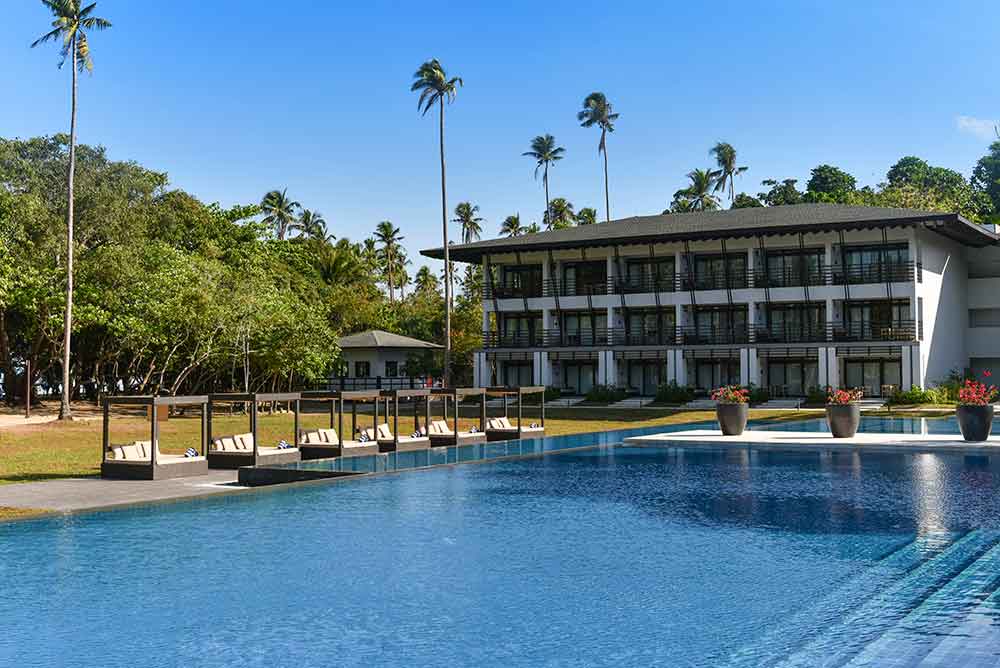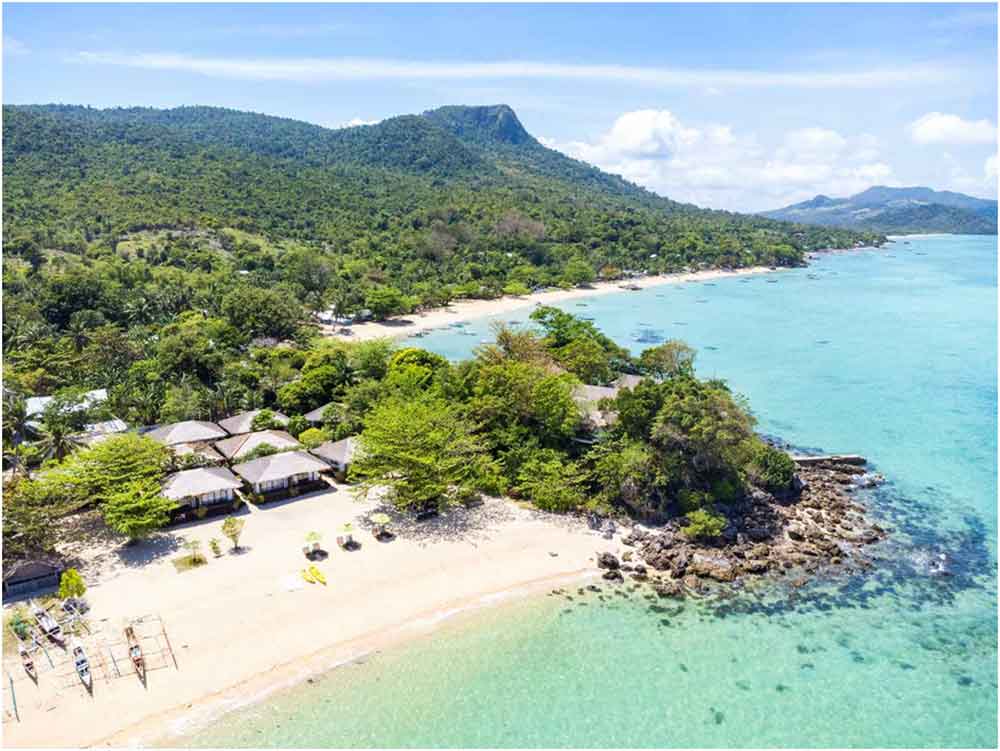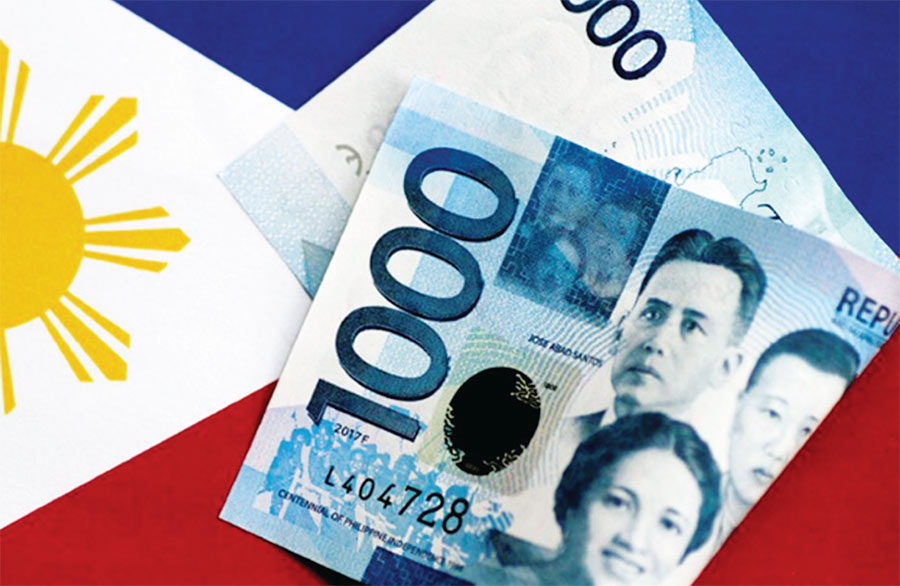Feeling a bit more hawkish than before, the Monetary Board yesterday decided to retain the central bank’s key rates for the fourth consecutive time as the country’s inflation path, while it may have shifted slightly higher, remains within the government’s target range of between 2 and 4 percent.
Eli Remolona, Bangko Sentral ng Pilipinas (BSP) governor and Monetary Board chief, said the Target Reverse Repurchase (RRP) Rate remains at 6.5 percent.
The interest rates on the overnight deposit and lending facilities also remain at 6 percent and 7 percent, respectively.
Remolona said the risk-adjusted inflation forecast for 2024 has risen to 4 percent from 3.9 percent in the previous meeting. For 2025, the risk-adjusted inflation forecast is unchanged at 3.5 percent.
“The risks to the inflation outlook continue to lean toward the upside. Possible further price pressures are linked mainly to higher transport charges, elevated food prices, higher electricity rates, and global oil prices. Potential minimum wage adjustments could also give rise to second-round effects,” Remolona said.
“My sense is that the upside risks may have become worse so that would make us somewhat more hawkish than before. So if I would say if we were relatively dovish, we might reduce rates in the third quarter and that would be no more than 25 basis points but now we’re feeling a bit more hawkish than before, so I would say we’re not gonna by the third quarter. We may do it down the road. We’re contemplating easing, we’re not contemplating any further tightening,” Remolona added.
“I think the data will have to be really bad for us to consider a further rate hike because we’re already tight at the moment, this tightness, we think, is sufficient to bring inflation rates down,” Remolona stressed.
Remolona said the Monetary Board noted that while upside risks to inflation have raised inflation expectations, these expectations have remained broadly anchored.
Francisco Dakila, BSP deputy governor, said factors that led to the revision in the forecast numbers include “the uptick in global crude oil prices, the higher than expected inflation outturns in February and March relative to what was forecasted during the previous meeting on the monetary policy stance last February.”
Among the risk factors are the possibility of higher transport charges and domestic food prices emanating from pressures that are still unfolding, adjustments in electricity rates and even further increase in global oil prices should there be an escalation in the conflict in the Middle East, as well as higher minimum wage coming from the recent Senate passage of the bill increasing the minimum wage by P100.
Remolona said the latest demand indicators suggest that domestic growth prospects remain largely intact over the medium term, even as overall activity continues to gradually respond to tighter financial conditions.
“Given these considerations, the Monetary Board deems it appropriate to maintain the BSP’s tight monetary policy settings. The BSP also continues to support the National Government’s policies and programs to address supply-side pressures on the prices of key food commodities. The BSP remains ready to adjust its monetary policy settings as necessary, in keeping with its primary mandate to safeguard price stability,” Remolona said.
Yesterday’s meeting was originally scheduled on April 4 but the Monetary Board wanted to wait for the release of the March consumer price index data which came out on April 5, together with other data.
The Philippines’ headline inflation or overall inflation increased to 3.7 percent in March from 3.4 percent in February 2024. This brings the national average inflation from January to March 2024 to 3.3 percent.
The uptrend in the overall inflation in March was primarily influenced by the higher year-on-year increase in the heavily-weighted food and non-alcoholic beverages.
The faster annual increases in the indices of transport and restaurants and accommodation services also contributed to the uptrend.
Remolona said the March 2024 inflation of 3.7 percent is within the BSP’s forecast range of 3.4 to 4.2 percent.
“The inflation outturn is consistent with the BSP expectations that inflation will likely remain within the target range in Q1 2024 due largely to negative base effects. However, inflation could temporarily accelerate above the target range in the next two quarters of the year due to the possible adverse impact of adverse weather conditions to domestic agricultural output and positive base effects,” Remolona said.
Michael Ricafort, RCBC chief economist, said “provided no escalation of geopolitical risks particularly on the Israel-Hamas war and the potential effects on world oil prices, also provided no large storm/El Nino drought damage that tends to increase food prices, headline inflation could still be well within the BSP inflation target in 2024.
“Thus, further local policy rate pause or cut especially in 2024 could already be possible for the coming months, as fundamentally supported by the easing inflation trend as seen recently,” Ricafort said.










